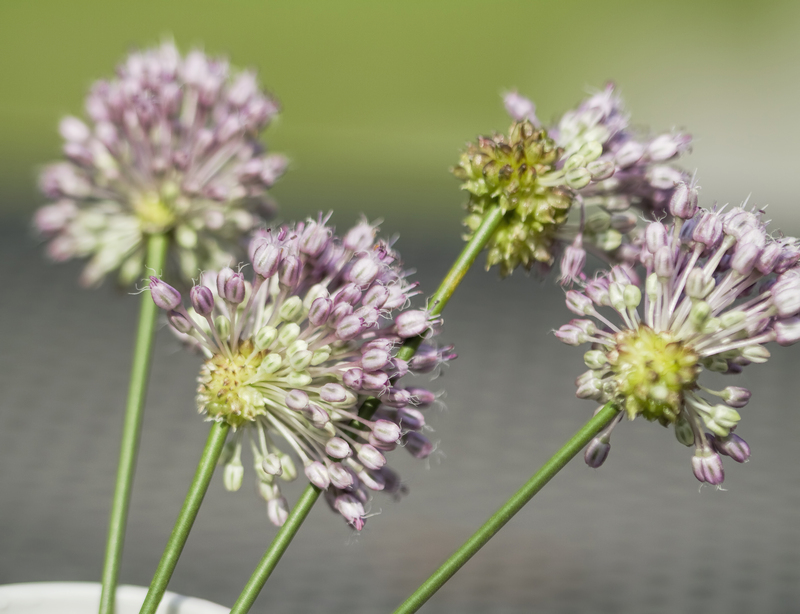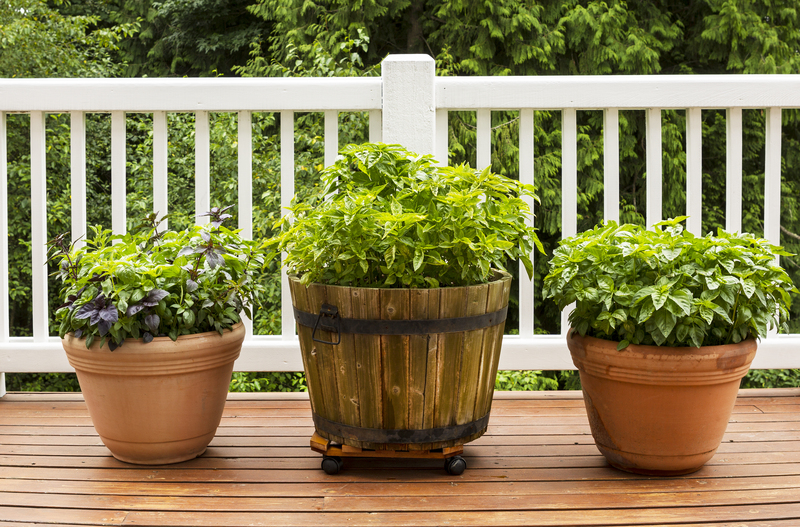Beat Summer Heat With These Lawn Protection Techniques
Summer can be harsh on your beloved green lawn. Scorching sun, water restrictions, pests, and heatwaves can cause even the healthiest turf to suffer. But don't worry!
With the right lawn protection strategies, you can keep your grass lush, healthy, and vibrant all summer long. This comprehensive guide will show you the best techniques to protect your lawn during the hottest months, and help you maintain that enviable curb appeal.

Why Is Summer Heat Stressful For Your Lawn?
Lawns are living ecosystems with grasses that thrive in certain conditions. When the summer temperatures soar, your lawn can quickly show signs of heat stress, such as brown patches, wilting, and thinning turf.
- Water evaporates faster from soil and grass blades in hot weather.
- Photosynthesis slows down as the temperature rises, making it hard for grass to recover from damage.
- Heat stress weakens grass and makes it more susceptible to diseases, pests, and weeds.
- Many cool-season grasses (like Kentucky bluegrass or fescue) struggle in high heat, while warm-season grasses (like Bermuda or zoysia) can also suffer in extreme conditions.
Understanding these challenges is the first step in protecting your yard from summer heat damage.
Top Lawn Protection Techniques To Combat Summer Heat
1. Smart Watering Practices
- Water Early Morning: Water your lawn between 4 and 9 AM to reduce evaporation and give roots time to absorb moisture before the day's heat sets in.
- Deep & Infrequent Watering: Instead of light daily watering, water deeply (about 1 inch per week, including rainfall). This encourages roots to grow deeper, making your lawn more resilient to drought and heat.
- Check Soil Moisture: Stick a screwdriver or moisture meter into the soil. If it penetrates easily to 6 inches, you've watered enough!
- Avoid Overwatering: Too much water can lead to shallow roots, disease, and wasted resources.
2. Adjust Mowing Height & Habits
- Raise Cutting Height: Set mower blades higher during summer. Taller grass (3-4 inches) shades the soil, reduces water loss, and improves root depth.
- Sharp Blades: Dull mower blades tear grass instead of cutting cleanly, leading to stress and browning. Sharpen blades regularly for optimal protection.
- Avoid cutting more than one-third of the grass blade in one mow. Sudden scalping stresses the plant.
- Leave grass clippings as natural mulch to help conserve moisture.
3. Mulch and Compost
- Add Organic Mulch: Apply a thin layer of compost or finely shredded leaves around trees and flower beds to keep soil cool and conserve soil moisture.
- Grasscycling: Leave lawn clippings on the turf to create a natural mulch that reduces heat and returns nutrients to the soil.
- Enrich Soil: A well-mulched lawn is better equipped to resist heat stress.
4. Fertilize Wisely
- Avoid Heavy Fertilization: Don't fertilize cool-season grasses in the high heat of summer, as it can burn roots and promote excessive growth at the wrong time.
- Consider fertilizing warm-season grasses (like Bermuda or St. Augustine) in early summer with a slow-release formula for optimal lawn resilience.
- Organic Fertilizers: These release nutrients slowly, minimizing the risk of chemical burns during extreme heat.
5. Aerate for Root Resilience
- If your soil is compacted, aerate in late spring or early summer. Aeration creates small holes, letting water, nutrients, and oxygen reach the roots.
- Healthy, deep roots are more resistant to summer heat waves and dry conditions.
- Avoid aerating in the peak summer heat to prevent further stress to your lawn.
6. Implement Drought-Tolerant Turf & Overseeding
- Choose Heat-Resistant Grass Varieties: If replanting or overseeding, pick grass species suited to your climate (like zoysia, Bermuda, or tall fescue blends).
- Overseed With Resilient Blends: In spring or fall, overseed with drought-tolerant grasses to increase your lawn's protection.
- Consult with a local turf expert for the best options for your growing zone.
7. Reduce Traffic and Stress
- Avoid Excessive Foot Traffic: During high heat, grass is more delicate. Try to limit play or foot traffic on your lawn during peak sun hours.
- Postpone heavy yard activity, like major landscaping or aeration, until cooler weather returns.
- Use stepping stones in high-use zones to protect turf from compaction and wear.
8. Fight Summer Pests and Diseases
- Inspect Regularly: Monitor for signs of insect infestation or fungal disease, which can worsen in hot, stressed turf.
- Manage Thatch: Keep thatch (the layer of organic debris between soil and grass) under 1/2 inch. Thick thatch can harbor pests and prevent water penetration.
- Consult your local extension office for environmentally-friendly pest control methods.
The Benefits of Beating the Summer Heat
Protecting your lawn from extreme summer temperatures isn't just about aesthetics--it's also better for your local environment, property value, and peace of mind. Healthy lawns:
- Absorb and filter rainwater
- Reduce surface temperatures through transpiration
- Improve air quality by capturing dust and pollutants
- Provide a soft, safe play surface for families and pets
Bonus Tips: Advanced Lawn Heat Protection Strategies
Install Shade and Windbreaks
- Plant Trees or Shrubs: Strategically placed trees and large shrubs can significantly reduce sunlight intensity and cool down sections of your lawn.
- Use Shade Cloths or Canopies: For small, vulnerable areas, consider temporary shading solutions through heatwaves.
Explore Smart Irrigation Systems
- Upgrade to Automatic Sprinklers: Timed or sensor-based irrigation reduces water waste and ensures optimal hydration even while you're busy or away.
- Drip Irrigation: For gardens and beds bordering your lawn, drip systems deliver water directly to roots with minimal evaporation.
Manage Soil Health
- Amend With Organic Matter: Regularly mixing in compost or organic soil conditioners boosts moisture retention and heat tolerance.
- Consider topdressing with fine compost to enrich existing soil during spring or autumn.
Common Summer Lawn Problems (And How to Solve Them)
- Brown Patches: Often caused by heat or drought stress. Solution: Deep watering and improved soil health.
- Wilting Grass: Usually indicates underwatering; check your irrigation schedule.
- Weed Invasion: Weeds capitalize on weak or thin turf. Keep your lawn thick and healthy to crowd them out.
- Burned Spots: May be from heavy fertilization or pet urine--water these areas deeply to dilute excess salts.
Seasonal Maintenance Calendar for Lawn Summer Protection
- Late Spring: Aerate if necessary, apply pre-emergent weed control, and fertilize warm-season grasses.
- Early Summer: Start raising mow height, increase watering frequency as temps rise, monitor for pests and disease.
- Peak Summer: Maintain mowing schedule, water deeply, leave clippings, and avoid heavy fertilization.
- Late Summer: Address bare spots, prep for autumn over-seeding, and begin planning off-season soil improvements.

Frequently Asked Questions: Summer Lawn Survival
How often should I water my lawn in summer?
Once or twice a week with deep soaking is ideal--daily shallow watering encourages weak roots and doesn't protect against heat as effectively.
Is it safe to fertilize my lawn in hot weather?
For cool-season lawns, avoid fertilizing at the height of summer--wait until fall or early spring. For warm-season grasses, use slow-release fertilizers and water well after application.
What mowing pattern is best during summer?
Alternate mowing directions each session to reduce soil compaction and avoid creating ruts. Always mow on the highest setting during periods of heat stress.
Can I revive my lawn after summer heat damage?
Yes! Start with core aeration and over-seeding in fall, increase watering, and apply a balanced fertilizer. Most healthy lawns bounce back with proper care.
Conclusion: Enjoy a Beautiful, Resilient Lawn All Summer Long
With these lawn protection techniques, beating the summer heat is not only possible, but achievable for any homeowner. Smart watering, raising mower height, mulching, pest control, and choosing the right grass type are all essential steps in summer lawn care.
By planning ahead and adopting these practices, your grass will stay green, lush, and healthy--turning heads in the neighborhood, and giving you a relaxing, beautiful outdoor space, no matter how high the temperatures climb.
Don't let the summer sun scorch your yard--put these lawn heat protection tips to use, and enjoy your vibrant, resilient lawn all season long!

